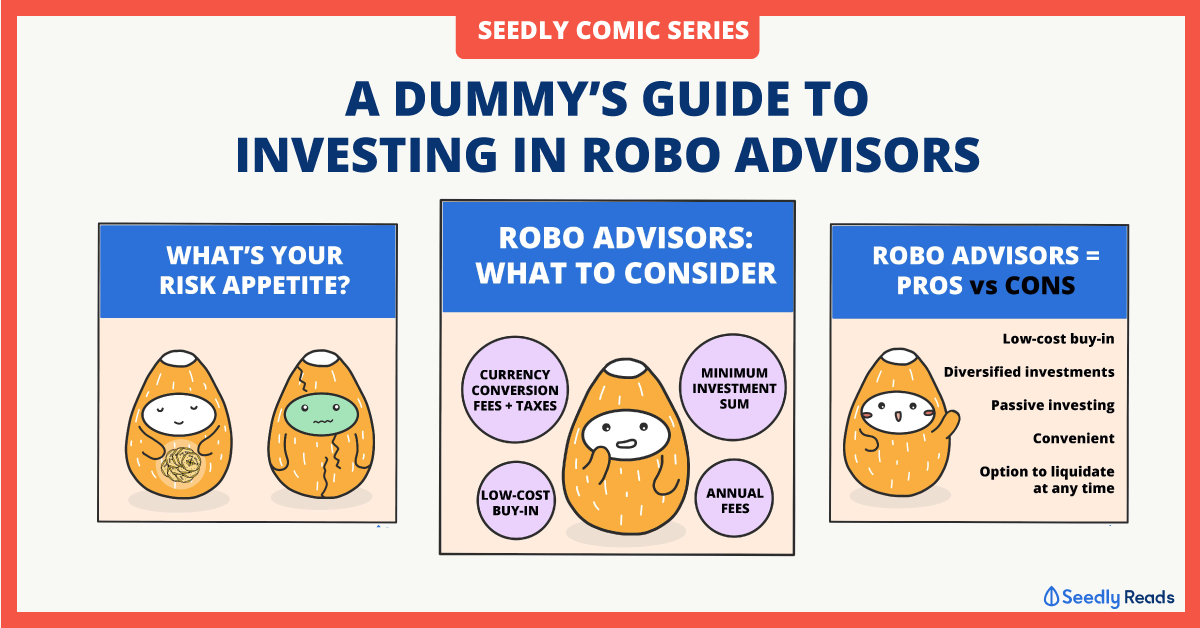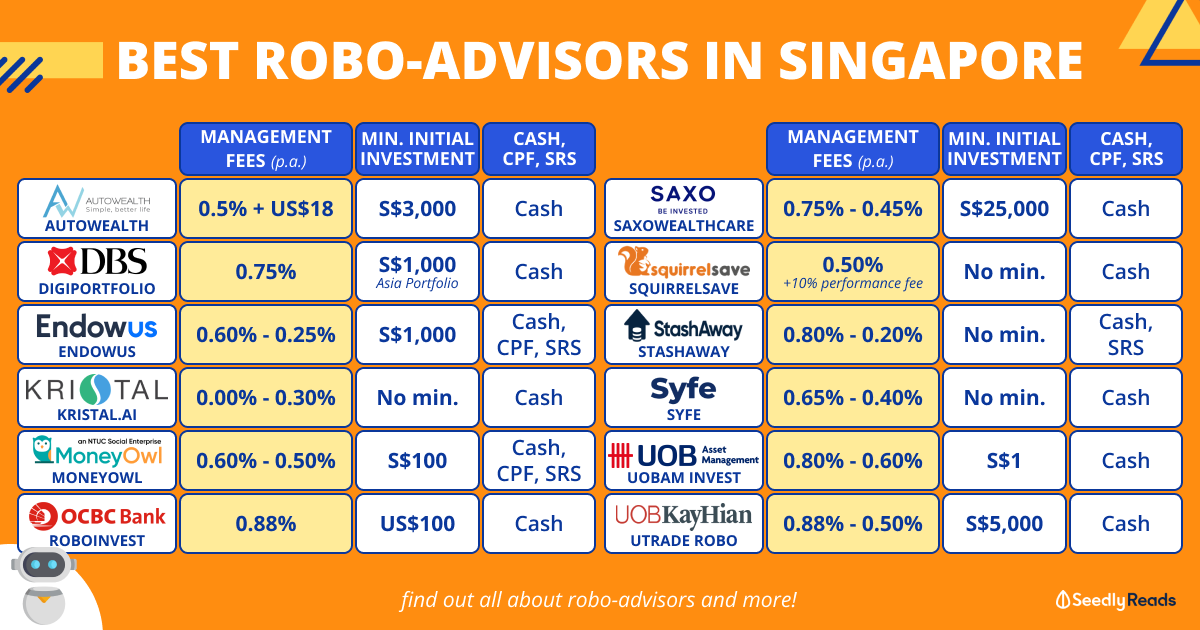Anonymous
How do I determine my risk level for Robo Advisors?
Hi guys, I'm currently a NSF earning about $1k allowance. I understand that since I am young and have fewer liabilities, my risk appetite should be higher. If this is the case, does that mean I should go for the highest risk in the case of Robo Advisors? (Looking at StashAway's 30% risk level).
4
Discussion (4)
Learn how to style your text
Reply
Save
Christopher Tan
04 May 2019
CEO at Providend Ltd
Dear Anonymous
To fully understand your risk level, you have to determine 3 factors
- Your need to take risk
This is determined by your need for returns. If your need for returns is higher, then your need to take risk is higher. Your need for returns is obtained when you do your financial planning to know the returns you need to achieve certain objective.
- Your ability to take risk
This is determined by many factors - age, health, insurance status, time horizon, investment amount etc.
- Willingnees to take risk
In the financial services industry, this is determined though a set of questionnaires.
These 3 factors interact with each other to help you determine your risk level. As an example, if your:
a. Need to take risk Is low
b. Ability to take risk is low
c. Willingness to take risk is high
You should really not take risk.
But if your:
a. Need to take risk is high
b. Ability to take risk Is high
c. Willingness is low
Then you might need to be coached to take higher risk because you need to and you can. If you really do not want to, you have to accept a lower return, which means that you might not reach your goals. You might have to accept a lower goal or wait longer to achieve your goal. Coaching can come in many forms but one way is helping you understand what investments is really about. With knowledge, you have more confidence and might be more willing to take risk.
This is why at MoneyOwl, we believe in bionic and not roboadvisory. While we build a high tech platform for you to ascertain your willingness to bear risk, there are times where you might want to speak to our advisers to better ascertain your risk level.
Hope this helps.
Reply
Save
It really depends on your risk appetite. There isn't any "should" or "should not". If you choose the...
Read 2 other comments with a Seedly account
You will also enjoy exclusive benefits and get access to members only features.
Sign up or login with an email here
Write your thoughts
Related Articles
Related Posts
Related Products

StashAway
4.7
1293 Reviews
StashAway Simple Guaranteed 3.55% p.a. (Guaranteed rate)
Cash Management
INSTRUMENTS
None
ANNUAL MANAGEMENT FEE
None
MINIMUM INVESTMENT
3.5%
EXPECTED ANNUAL RETURN
Mobile App
PLATFORMS

Endowus
4.7
656 Reviews

Syfe
4.6
930 Reviews
Related Posts










Note the key work here is “should” not “is” and not “must”.
This the the comment I always make for everybody. Do what you are comfortable with and not what people tell you. The comment is just a sweeping statement made for reference. It will not take into account your personal situation.
Just ask your self this question. Are you ok to risk losing all your money persuing the possibility of higher gains? If yes then you can go for the highest risk.
Personally, i find using 1 risk level to measure all your investments really unwise, I split my risk levels into different portions. I.e. a certain % for high risk high gains (lose 50-100% also won’t blink) this % for mid range.... (stable companies with dividends) then another % for bonds. I suppose this is what diversification is about.
Just find it really uncomfortable that Advisors are just using a blanket risk level for your whole portfolio. A better description I feel would be “what is your risk level for this portion of your portfolio.”